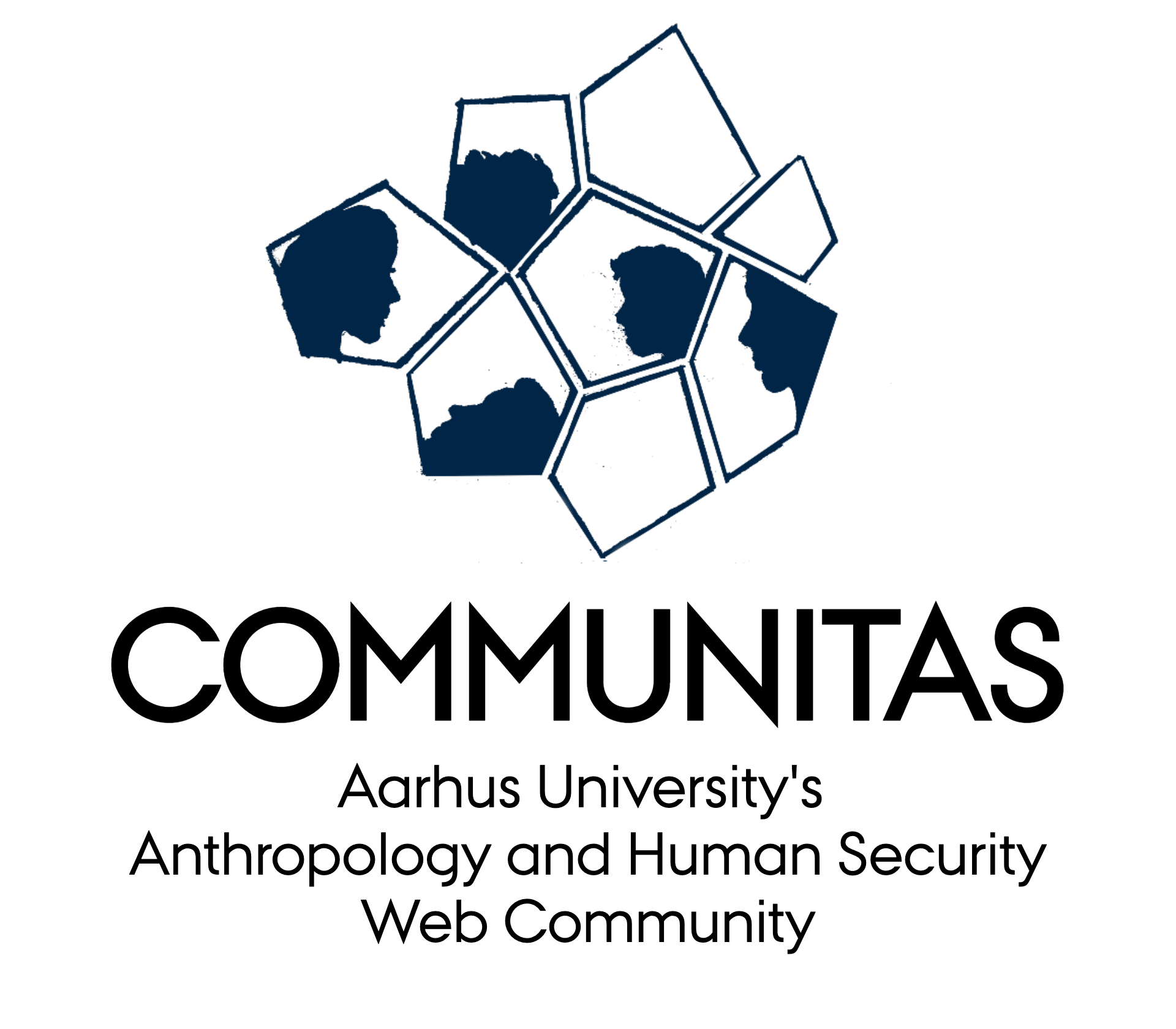Sia Borgtoft Bergmann, Master’s Thesis, Visual Anthropology, Aarhus University, 2018.
Abstract
This product thesis is based on a three months long anthropological fieldwork at the Kichwa community Treinta de Augusto (Treinta) near the Napo River in the Upper Ecuadorian Amazon. The Kichwa describe a universe inhabited by diverse types of agents – human as well as non-human, where many are equipped with a similar ‘soul’. Thus, certain non-human beings are regarded as having characteristics which conventional Western rationality associates exclusively with human beings Drawing on Eduardo Viveiros De Castro’s Amerindian perspectivism and Phillipe Descola’s notion of animism, I analyse the lifeworld of the people at Treinta, and demonstrate how the traditional Kichwa’s cosmology can indirectly contribute to environmental conservation by influencing the way people perceive and use natural resources, a concept which I propose to refer to as feedback conservation. I argue that indigenous non-western cultures can offer alternative models for thinking nature, and that the cultural and ecological change the western world is impinging on Amerindian societies should be cause for concern. I have examined the interplay between their religious beliefs and their natural resource management and argue that their orientation to the forest and river is shaped by their religious beliefs and customs. I focus on possible implications of colonialism and Christianity for natural resource use, as Catholicism in Treinta demonstrates a process of acculturation in which their traditional Kichwa culture has changed and continues to change as a response to Christian teachings in the region. Through Christian teachings the concept of ‘nature’ was introduced and the Kichwa have been taught to view their role in relation to nature as masters of the earth and all its beings. This has caused the people at Treinta de Augusto to partly dissociate from traditional beliefs, such as having removed spiritual dimensions from their foods. This is problematic because resource use in traditional indigenous societies often is seen to be regulated by taboos, some of which have proven to offer effective and efficient local resource management. This thesis thus provides insight on natural resource use and strategies with the focus on taboos as a subset of informal local institutions. Along with my written presentation, I have filmed and edited four short films, which will, together with collected artefacts, amount into an exhibition at the Greenhouses in the Botanical Garden, Aarhus. The aim is shed light on my findings for a broader audience, and to exhibit unfamiliar and different ways of using nature, and hopefully provide the audience with questions about how they themselves are living with nature. These short films, the collected artefacts and the upcoming exhibition together constitute the product of this thesis.
